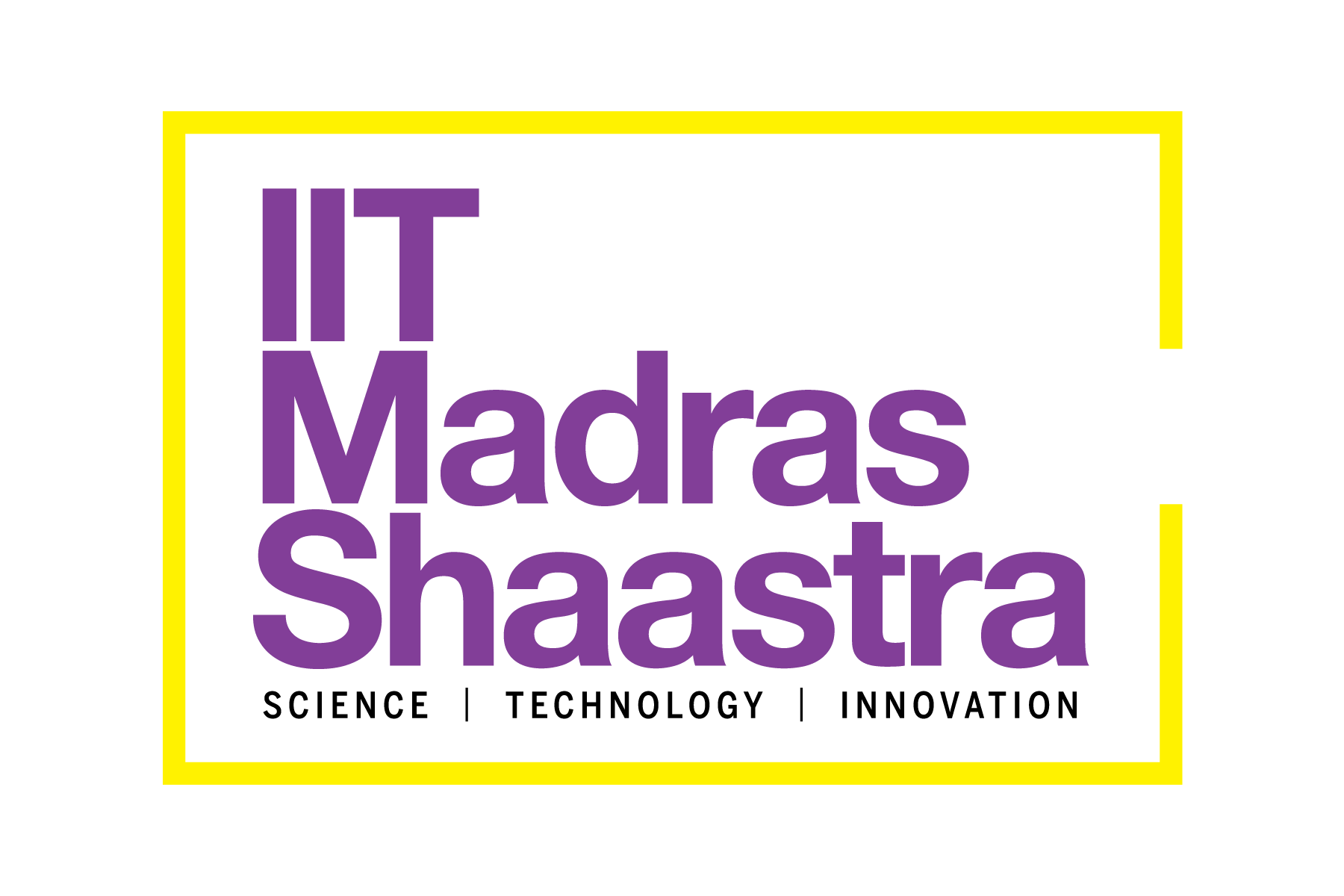Do the math
-
- from Shaastra :: vol 04 issue 06 :: Jul 2025

A neural study on children doing sums throws up some surprises.
Like many other neuroscientists, Vinod Menon, Professor of Psychiatry and Behavioral Sciences at Stanford University, was intrigued by the marked differences he observed in people's problem-solving abilities. Globally, one in five children entering elementary school has a diminished level of mathematical proficiency. Menon, Director of the Stanford Cognitive & Systems Neuroscience Laboratory, was keen on unravelling the neurological underpinnings of mathematical learning disabilities (MLDs), the repercussions of which went far beyond academics.
Functional imaging studies in the past, using techniques such as functional magnetic resonance imaging (fMRI), have identified brain areas involved in arithmetic processing. A key brain region involved in mathematical cognition, particularly in numerical processing and understanding quantities, is the intraparietal sulcus (IPS), a fold in the brain's top left region at the back.
In a paper recently published in Science Advances (bit.ly/Menon-pDNN), Menon and his junior colleagues, Anthony Strock and Percy K. Mistry, explain how they combined the power of artificial intelligence (AI) with their deep understanding of neuroscience to create digital twins of math students, gathering the first-ever insights into the neural mechanisms underlying numerical comprehension.
Stanford scientists found that AI models could be tuned to mimic the accuracy and learning speed of their real-world twins by adjusting a single neurological parameter.
Children with MLD often struggle with basic arithmetic operations, such as addition and subtraction. These difficulties are not limited to slower processing speeds but also encompass lower accuracy and the use of less efficient problem-solving strategies, which more often than not later affect the job prospects of the individuals concerned.
Researchers have long probed how children acquire arithmetic proficiency and the cognitive structures involved in this process. A recent study (bit.ly/shaastra-math-gap) in India, for instance, showed that children undergoing formal schooling learnt arithmetic in an entirely different way from those who were not in school but were working to earn money. Classroom teaching and innate learning have both pluses and minuses, the study found. Similarly, a paper published in the journal Psychological Science in the Public Interest (bit.ly/arithmetic-fluency) in April 2025 demonstrated that there was no single way to attain arithmetic fluency. Different methods — memorising number values and multiplication tables, or studying maths at a deeper, conceptual level — have their merits. The study incorporated findings from behavioural experiments, longitudinal studies, neuroimaging, and design-based research to ascertain how arithmetic fluency develops, why it matters, and how educators can help students.
UNKNOWN NEURAL MECHANISMS
Menon's team has been working to understand the cognitive foundations of learning disabilities in children over the past two decades through behavioural and cognitive neuroimaging studies. Their work and similar studies from other laboratories have shown that abnormalities extend beyond directly implicated brain regions such as IPS and cover a broader network involved in visual and visuospatial processing, hinting that MLDs are a multifaceted neural dysfunction. The underlying neural mechanisms are still largely unknown, even though unravelling them is vital for overcoming the challenges posed by these learning disabilities.
For the current study, the researchers selected 45 students, aged between seven and nine, who were in Grades II and III. While it was assessed that 24 had typically developing brains, the other 21 had maths learning disabilities. As part of the study, the first set solved basic addition and subtraction problems with fMRI charting their brain activity. Next, the researchers trained digital twins, getting similar answers— right or wrong — as their real-world counterparts while the AI models simulated their brain activity.
The Stanford scientists discovered that AI models could be tuned to mimic the accuracy and learning speed of their real-world twins by adjusting a single neurological parameter, known as neural excitability, which roughly equates to the strength of brain cell firing. It is challenging to study such neurological understandings in living subjects, as this would require electrodes to be placed in the brain to measure neural activity. Although neurophysiology plays a crucial role in these learning disabilities, pinpointing these physiological attributes scientifically has been challenging. As a result, the true neurophysiology of learning and learning disabilities remained elusive.
Scientists have inferred that excess neural activity results in muddled mental representations of math problems, confusion, and slower learning.
The scientists peering into the neuronal firings of children with MLDs were actually in for a surprise. Contrary to what they had expected, there was too much — and not too little —neural activity in the brains of children with learning disabilities. "The kids who struggle show signs of hyper-excitability in brain regions that are key to numerical thinking, and the AI twins showed precisely the same patterns," says Menon. This confirmed an earlier finding by Lang Chen and others at Santa Clara University in the U.S. (bit.ly/Brain-Chen) that in children with MLD, there is an upregulation of neuronal functions in the brain regions associated with attention, working memory, visual processing and motivation. "Such models of excitatory-inhibitory imbalances have been around in the context of neurodevelopmental disorders such as childhood epilepsy and autism, but less so in the context of learning disabilities," says Menon.

The core finding from which the Stanford team built the AI model is a deep neural network model that is almost 10 years old. At that time, when the researchers examined the resting-state fMRI of individuals with learning disabilities, they found enhanced signal fluctuations in their brains. "This gave us a sense that (brain) circuitry underlying these disabilities is hyper-excitable rather than hypo- or under-excited," Menon explains.
This led the scientists to infer that the excess activity resulted in muddled mental representations of math problems, confusion, and slower learning. They theorise that hyper-excitability leads to what they call representational overlap, meaning that different math problems produce exact neural patterns. The scientists also found that there was a hyper-connectivity between the different brain regions involved.
"This work is a major step forward in linking brain mechanisms to learning difficulties," says Roi Cohen Kadosh, Professor of Cognitive Neuroscience at the University of Surrey in the U.K. "As someone who works on excitation/inhibition balance and applies brain-based intervention and personalisation, I think ... showing how neural hyper-excitability can impair learning is an interesting finding," he says. Besides, it provides testable predictions, possibly leading to personalised interventions based on a child's neural profile, says Kadosh, whose team is independently developing similar personalised interventions.
The digital twins developed by the Stanford team, using personalised deep neural networks, can not only mimic how individual students solve math problems but also demonstrate computationally where things go awry in the brains of children with MLD.
The educational implications of the work are considerable. Digital twins will enable researchers to test neurological mechanisms in silico — on the computer — for each child, providing a window into brain-level causes of learning struggles. According to Menon, the study shows that AI twins modelling MLDs required nearly twice as much training to reach the same accuracy as typically developing math students. "But they do attain it eventually," he says.
Digital twins can help educators develop personalised learning plans tailored to specific students and predict types of instruction that work best for each learner. Menon and his team are now extending their models in new directions to create even richer neurological simulations of mathematical reasoning.
"We're pretty confident that this AI model is quite generalisable," Menon says. However, the problem lies in the heterogeneity of neurodevelopmental disorders, of which learning disorders are a subset. "There are subtypes and subgroups of individuals that we don't know yet," he observes. For instance, he says, there is a subclass of students who have significant learning disabilities and cannot concentrate for long because of ADHD (attention-deficit/hyperactivity disorder). "But we have not been able to study them because of the difficulty of bringing them into the scan," Menon adds.
Have a
story idea?
Tell us.
Do you have a recent research paper or an idea for a science/technology-themed article that you'd like to tell us about?
GET IN TOUCH














